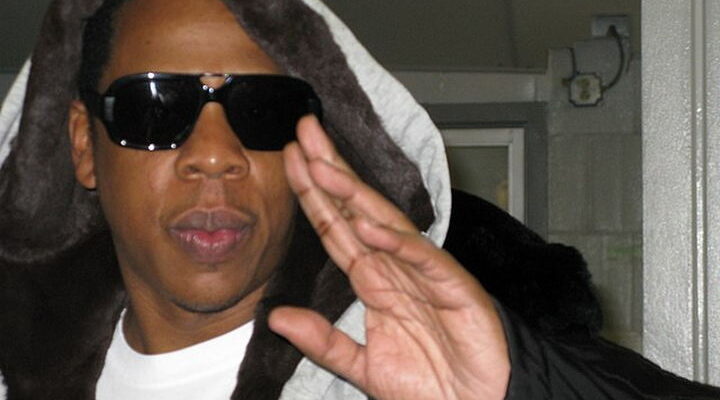In the dynamic world of hip-hop, the art of the diss track serves as a powerful form of lyrical combat, where artists wield words as weapons, turning personal disputes into chart-topping hits. Diss tracks are more than just musical feuds. They are a cornerstone of hip-hop culture, reflecting the raw emotion and storytelling prowess that the genre is celebrated for. They resonate with fans not only for their fierce wordplay and clever insults but also for their ability to highlight the competitive spirit that drives much of rap music.
This list explores the top ten legendary diss tracks, examining their impact on the artists involved and the hip-hop community at large. Whether these tracks sparked heated debates or marked significant moments in the careers of those involved, they all share the common thread of transforming personal rifts into compelling, competitive artistry that has shaped the industry.
As we delve into each track, we’ll uncover the stories behind the songs, the lyrical daggers thrown, and the responses from both fans and foes. From the strategic lyrical prowess in Nas’s “Ether” to the brutal honesty in Ice Cube’s “No Vaseline,” each track offers a window into the complex relationships and fierce competitiveness that fuel much of hip-hop’s enduring allure.
By understanding these iconic musical moments, we not only gain insight into the personal dynamics of the artists but also appreciate the profound influence these battles have had on shaping the narrative and direction of hip-hop over the years. Join us as we break down each track and its significance, ensuring every reader comes away with a deeper appreciation of this potent element of hip-hop storytelling.
10 – “Rap Devil” – Machine Gun Kelly
“Rap Devil” by Machine Gun Kelly stands as a bold counter to Eminem’s “Rap God.” In this track, Kelly criticizes Eminem’s role and reputation within the hip-hop community. The song weaves a narrative of defiance against an established icon, highlighting a generational clash in the industry. With pointed jabs at Eminem’s age, style, and approach to the music scene, Kelly positions himself as the brash newcomer challenging the throne. This track not only intensified their feud but also sparked widespread discussions about mentorship and rivalry in rap.
The song’s aggressive tone and sharp lyrics captured the attention of both fans and critics, turning it into a significant cultural moment. Its impact was amplified by its timing, dropping during a period of heightened scrutiny of Eminem’s career. “Rap Devil” leveraged this moment to catapult Machine Gun Kelly into a new level of fame, as it dominated headlines and social media discussions, making it a standout moment in modern hip-hop feuds.
09 – “Takeover” – Jay-Z
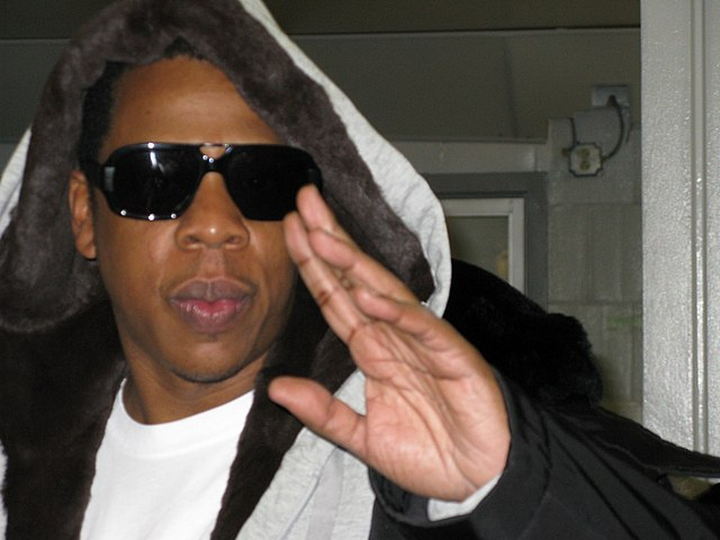
Jay-Z’s “Takeover” is notable for its precise and cutting lyrics aimed at Nas and Prodigy. Utilizing a robust sample from The Doors’ “Five to One,” Jay-Z crafts a track that is as musically compelling as it is lyrically devastating. The song is structured around detailed critiques of his rivals’ careers, questioning their authenticity and impact in the industry. “Takeover” is famous for its meticulous construction and its role in escalating one of hip-hop’s most storied rivalries.
Beyond the direct disses, “Takeover” reflects Jay-Z’s strategic thinking and business acumen, characteristics that have defined his career. The track’s release at the height of his rivalry with Nas served not just as a lyrical assault but as a statement of dominance in the hip-hop world, reinforcing Jay-Z’s stature and sparking extensive debates about the nature of artistic rivalry.
08 – “No Vaseline” – Ice Cube
“No Vaseline” by Ice Cube is a fierce retaliation against his former group, N.W.A., and their manager, Jerry Heller. Cube’s departure from the group was fraught with financial and personal conflicts, which he channels into this scathing track. His direct and unapologetic style marks a critical point in the dissolution of one of hip-hop’s most influential groups, highlighting the deep-seated betrayals and conflicts within the industry.
The track is not only a personal vendetta but also a commentary on the racial and economic dynamics of the music industry. Ice Cube uses the platform to criticize the exploitation of artists, making “No Vaseline” a significant cultural artifact that goes beyond personal conflict to address broader industry issues. This track remains one of the most potent examples of how personal experiences are interwoven with cultural critique in hip-hop.
07 – “The Story of Adidon” – Pusha T
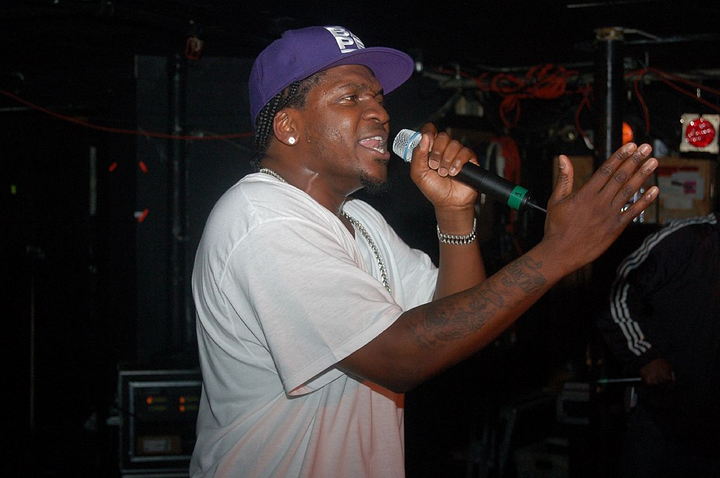
“The Story of Adidon” by Pusha T is a stark and revealing diss track that escalated his feud with Drake to an intensely personal level. The song exposes private aspects of Drake’s life, including the existence of his son, which was not publicly known at the time. Pusha T’s use of a photo of Drake in blackface for the cover art further intensified the track’s impact, sparking a wide-ranging conversation about race, identity, and authenticity in hip-hop.
This track is often noted for its strategic release and the depth of personal information revealed, marking a new level of engagement in hip-hop disputes. Pusha T’s ability to use the genre as a platform for exposing hidden truths and challenging public personas has made “The Story of Adidon” a landmark in the history of diss tracks, changing the stakes of what can be included in musical feuds.
06 – “Back to Back” – Drake
Drake’s “Back to Back” is a response to accusations from Meek Mill about ghostwriting, turning a potential career-damaging moment into a Grammy-nominated hit. The track’s clever lyrics and catchy rhythm not only defended Drake’s authenticity as an artist but also showcased his ability to capitalize on controversy. The release of “Back to Back” demonstrated Drake’s savvy understanding of media and public perception, as he turned the feud into a moment of triumph.
The song’s impact was magnified by its timing and Drake’s strategic use of social media to spread its reach. It quickly became a cultural touchstone, referenced in memes, social media, and discussions about the nature of authenticity in hip-hop. “Back to Back” remains one of the few diss tracks to achieve mainstream commercial success, illustrating the power of strategic communication in modern music marketing.
05 – “Shether” – Remy Ma

“Shether” by Remy Ma is a direct and ruthless dissection of Nicki Minaj, spanning a relentless seven minutes. Remy Ma uses this track to air a laundry list of grievances and accusations, touching on both personal and professional aspects of Minaj’s life. The track’s raw and unfiltered lyrical content sparked a significant reaction both from fans and within the hip-hop community, making it a pivotal moment in female rap battles. The intensity and detail of Remy Ma’s criticisms brought a new level of attention to her skills as a lyricist and a contender in the rap game.
The fallout from “Shether” was extensive, impacting the public perception of both artists. It not only reignited discussions about the ongoing competition among female rappers but also highlighted the power of narrative in music. As listeners dissected every line, the track reinforced the importance of authenticity and raw storytelling in building a powerful diss track. Remy Ma’s ability to connect with audiences through personal storytelling turned “Shether” into a landmark track in her career.
04 – “Real Muthaphuckkin G’s” – Eazy-E
Eazy-E’s “Real Muthaphuckkin G’s” marked a critical counter-response to Dr. Dre and Snoop Dogg’s criticisms, post-N.W.A breakup. This track stands out for its unapologetic directness and detailed accusations, reflecting the bitter splits and internal conflicts within the group. Eazy-E uses the track to assert his authenticity and street credibility, challenging the narratives posed by his former group members. The song not only highlighted his lyrical prowess but also solidified his legacy as a pivotal figure in the gangsta rap genre.
The song’s visual and lyrical content painted a vivid picture of the rivalry and was significant in shaping the public’s understanding of the dynamics within N.W.A. As a diss track, “Real Muthaphuckkin G’s” went beyond mere lyrical combat; it served as a critical narrative tool that allowed Eazy-E to voice his side of the story in a highly public feud, ensuring his perspective was heard in a predominantly one-sided battle up to that point.
03 – “Dre Day” – Dr. Dre featuring Snoop Dogg
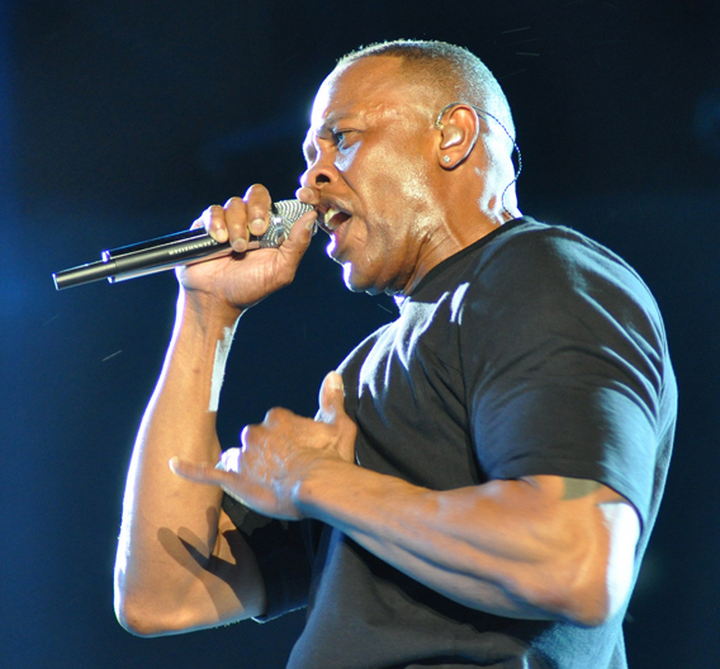
“Dre Day,” from Dr. Dre’s iconic album “The Chronic,” targets former collaborator Eazy-E and manager Jerry Heller with sharp lyrical jabs wrapped in smooth flows and catchy beats. This track not only solidified Dre’s and Snoop’s positions in the rap world but also played a significant role in the mainstream success of “The Chronic.” The combination of Dr. Dre’s production prowess and Snoop Dogg’s charismatic delivery made this track a commercial hit, embedding it deeply into the fabric of hip-hop culture.
Moreover, “Dre Day” served as a cultural marker, representing the shift in power dynamics within the West Coast hip-hop scene. The track’s impact was magnified by its music video, which visually lampooned the targets of the diss, broadening its appeal and effectiveness. This strategic blend of music and visual art not only entertained but also influenced the way diss tracks were presented in the years to follow, setting a new standard for how personal conflicts were publicly handled in the industry.
02 – “Ether” – Nas
Nas’s “Ether” is renowned for its potent and poignant lyrical content, delivering a fierce rebuttal to Jay-Z’s “Takeover.” The track’s raw energy and sharp lyricism reinvigorated Nas’s career, earning it a revered place in hip-hop history as one of the most impactful rebuttals ever recorded. “Ether” has become synonymous with the ultimate comeback in rap battles, often cited in discussions about the greatest diss tracks of all time. Its influence extends beyond just a musical response, as it reshaped the expectations for lyrical depth and integrity in hip-hop feuds.
The cultural resonance of “Ether” is evident in its continued relevance in hip-hop discourse today. The term “Ethered” has been adopted into the hip-hop lexicon, symbolizing a devastating verbal takedown. This track not only changed the trajectory of Nas’s career but also left a lasting imprint on the art of the diss track, setting a high benchmark for lyrical retaliation in the genre.
01 – “Hit ‘Em Up” – Tupac Shakur
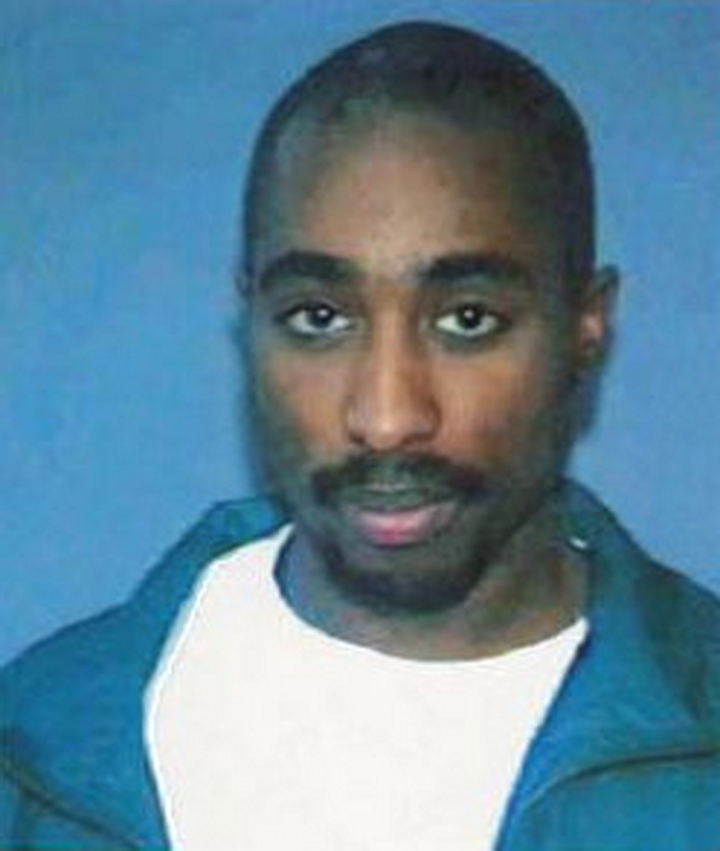
Tupac Shakur’s “Hit ‘Em Up” remains one of the most notorious diss tracks in the history of hip-hop, targeting Notorious B.I.G. and others associated with Bad Boy Records. Tupac’s aggressive delivery and stark accusations shook the core of the East Coast-West Coast rivalry, making it a defining moment of the 1990s hip-hop scene. The track is famous for its relentless assault on Tupac’s rivals, combining personal attacks with a fierce assertion of West Coast dominance in the rap industry.
“Hit ‘Em Up” did more than stir controversies;it profoundly influenced the portrayal of rivalries in hip-hop. The raw emotion and palpable anger in Tupac’s voice brought the underlying tensions within the industry to the surface, compelling the audience to confront the realities of these conflicts. The track’s enduring legacy is evident in its frequent references in later works by other artists, documentaries, and discussions, serving as a stark reminder of the power of words in shaping the narratives within hip-hop culture.
Why Diss Tracks Matter in Hip-Hop
Diss tracks hold a unique place in hip-hop, serving as both a platform for personal expression and a strategic tool in an artist’s branding arsenal. These tracks are more than just musical spats; they are a display of lyrical prowess and often a defining moment in an artist’s career. By engaging in these musical duels, artists can showcase their creativity, agility, and relevance in the industry.
The influence of diss tracks extends beyond the artists involved, impacting public perception and media attention. A well-crafted diss track can elevate an artist’s visibility, drawing in new listeners and media coverage that extends well beyond the usual music channels. These tracks can turn into cultural phenomena, sparking debates and discussions that enhance the artist’s market presence and fan engagement.
Evolution of Diss Tracks
Over the decades, the style and delivery of diss tracks have undergone significant transformation. From the raw, direct confrontations of the ’90s to the more layered and complex lyrical dissections of today, diss tracks reflect the evolution of the genre itself.
- Changes in production: from minimalist beats to rich, multi-layered productions
- Lyrical complexity: from straightforward insults to intricate, multi-faceted lyrical essays
- Public reception: from niche hip-hop circles to mainstream media coverage
These changes not only demonstrate the growth of hip-hop as an art form but also highlight how the genre adapts to new technologies and audience expectations.
The Enduring Legacy of Diss Tracks
The legacy of diss tracks in hip-hop is undeniable. These tracks serve as milestones in the genre’s history, marking periods of intense creativity and reflection. They challenge artists to elevate their lyrical skills while engaging with their audience in direct and often dramatic ways.
We invite you to share your thoughts on the most impactful diss tracks and their lasting effects on the culture of hip-hop. Which tracks stood out to you, and why? Share your views and let’s keep the conversation going!


